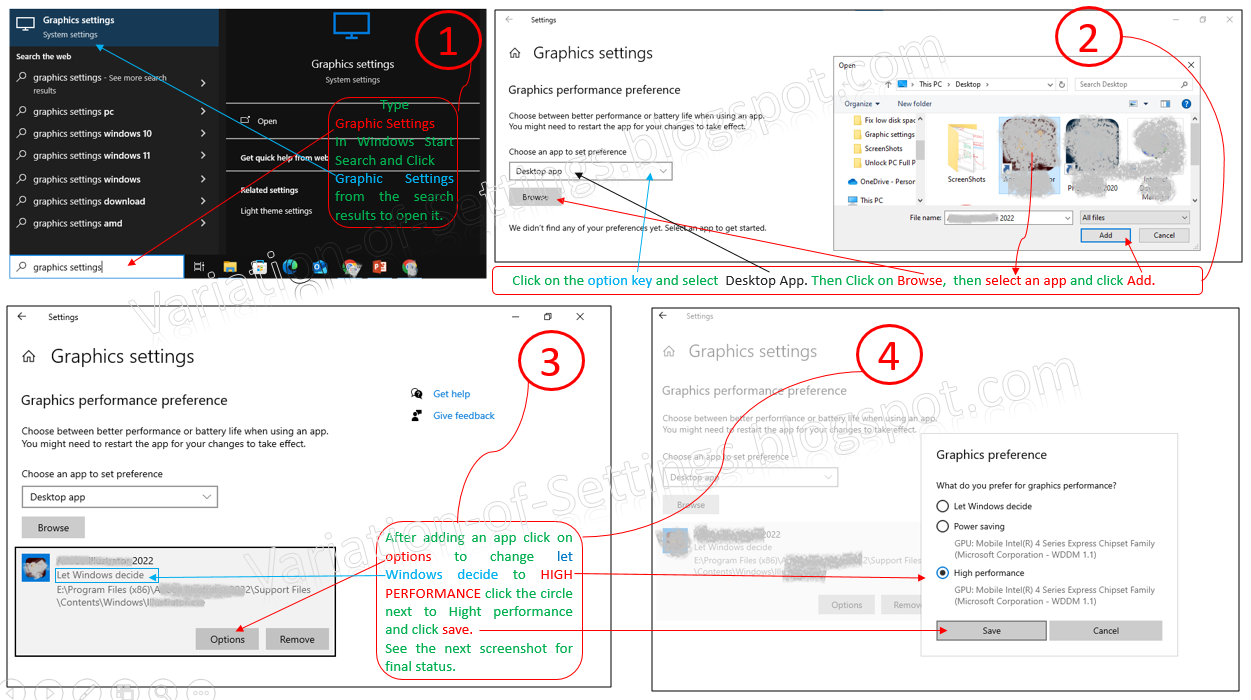Fix Disk Errors with CHKDSK: A Comprehensive Guide to Windows Disk Repair
Mastering CHKDSK: Diagnose and Repair Disk Issues for Optimal Windows Performance
CHKDSK (Check Disk) is a vital Windows utility that meticulously scans and repairs disk errors, safeguarding data integrity and optimizing system performance by detecting and resolving issues like bad sectors, file system corruption, and cross-linking discrepancies. By proactively running CHKDSK, users can prevent data loss, enhance disk stability, and mitigate risks of system crashes, ultimately ensuring seamless file access, efficient storage utilization, and prolonged disk lifespan – all crucial for maintaining peak Windows system health and security.
Running CHKDSK in Command Prompt
open Command Prompt as an administrator by searching for "cmd" in the start menu, then right-click on Command Prompt in the search results and select "Run as administrator." After that, type "chkdsk /f /r" and press Enter then reply Y if needed to schedule a disk check for the next restart. This will address system file errors and also scan for bad sectors on the hard drive to recover data.
Additional Command Prompt Commands of "Chkdsk":
- chkdsk C: (replace C with your drive letter),
- chkdsk C: /f /r /x (forces repair of disk errors),
- chkdsk C: /scan (performs a non-repairing disk scan),
- chkdsk C: /spotfix (repairs disk errors without dismounting)
Running CHKDSK in PowerShell
Test Running Status
When you restart the computer the chkdsk test starts automatically and the results displayed after the completion of the test and you login again to your pc.
Alternatively, use PowerShell-exclusive Commands:
- Get-Disk : Retrieves detailed disk information.
- Get-Volume : Displays volume-specific data.
- Repair-Volume -DriveLetter C : Automatically repairs disk errors.
Error Resolution
CHKDSK effectively addresses:
- Disk space issues caused by corrupted or redundant files
- File corruption impacting data reliability
- System slowdowns due to disk fragmentation or bad sectors
- MBR corruption and file system structural damage
Common Errors Scenarios
- Corrupted system files triggering BSOD
- Disk errors hindering Windows updates
- File system inconsistencies causing data loss
Results Interpretation
A successful CHKDSK scan displays:
- "No errors found" (indicating a healthy disk)
- "Errors detected" or "Errors corrected" (requiring attention)
Tips and Variations
- Regularly run CHKDSK to maintain optimal disk health.
- Schedule CHKDSK scans via Task Scheduler for automated maintenance.
Best Practices
- Backup data before executing CHKDSK
- Run CHKDSK during system idle time
- Verify disk health post-CHKDSK scan
By integrating CHKDSK into your maintenance routine, ensure a stable, efficient, and secure Windows environment.
Attribution: Screenshots Taken from Microsoft Windows.





.png)


Comments
Post a Comment